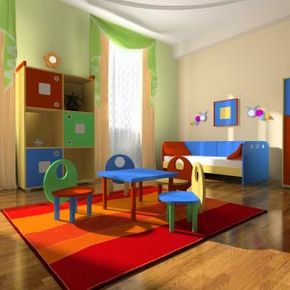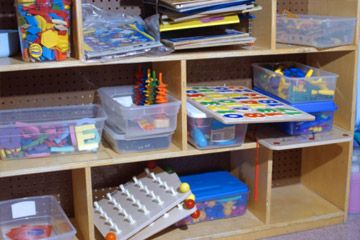Are you looking for your child's shoes again? Does he step out of his clothes when changing and just keep walking? Maybe his books multiply on the floor beside his bed, just waiting for you to step on the stack and slip on their shiny covers.
If so, it's time to focus on organizing your child's bedroom. A key component of organization is to de-clutter. The necessary steps include taking inventory, deciding what to keep, exploring different organizational methods and implementing a storage plan [source: Today].
Advertisement
Depending on your child's age, he or she may be able to help you with this process. A child as young as 4 may enjoy sorting and categorizing his possessions. Children can also benefit from learning how to keep their own spaces neat [source: Ewer]. Teaching life skills, such as treating possessions respectfully, is part of raising a responsible child. Self-care skills, such as dressing yourself and putting clean and dirty clothing in appropriate spaces, are also essential to a child's development.
How you approach the de-cluttering process will depend on how many children you have, the amount of space you choose to devote to your child's possessions, and of course, the amount of time you are able to devote to the process.
The most challenging step in achieving organization is the first: taking inventory. Be forewarned: Taking inventory is not complicated, but it can be time-consuming. Many retail operations have inventory checks at least once a year. Some stores -- especially those that do not rely on computerized inventory programs -- even close down to determine what they actually have in stock and what they need to order.
Don't be scared off, however -- your child's room may seem endless, but it's not quite the scale of a retail store. Knowing what your child owns and whether he or she even wants the items anymore is the first step in organizational success. Read on to find out more ways to get started.
Advertisement

